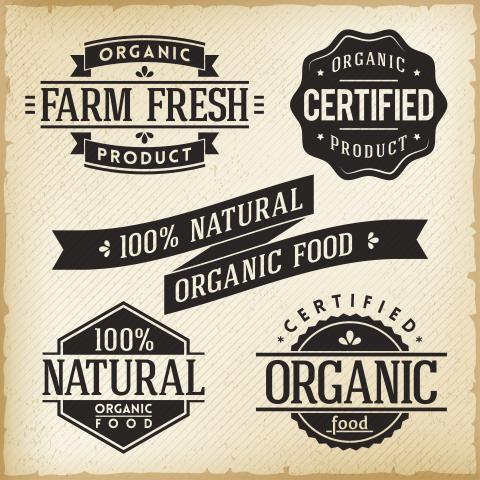
Walking around the grocery store, you may have noticed a few labels popping up on your favorite products. Non-GMO, natural, and all those tricky use by dates are being stamped all over products. With consumers becoming more health conscious, companies are using labels to distinguish the ingredients of the products. While that is all good and dandy, deciphering our foods labels can be like trying to crack the code on a lock. The expiration dates all mean different things, and what does it really mean when it states that something is certified organic?
Take a look at these six common labels to understand what they really mean.
Use By
The term "use by" can get confusing. When you see “use by” this means this is the last date on which the manufacturer recommends consuming the product. After this date, the manufacturer will no longer vouch for the quality of the item. It doesn’t mean the food is inedible; it just might not be optimal.
Sell By
The “sell by” date refers to the last day on which the store should be selling the product on shelves. Foods that are past that date should be removed from the store shelf. This does not mean the food has gone bad, but should probably be eaten soon for optimal quality and nutrients.
Best If Used By
A tricky one to decipher is the “best if used by date.” Does it mean the food is bad after the date, the store should stop selling the food on that date, or past the date is questionable food safety? Well, this tricky label is used to suggest quality and freshness. It's not that the food has gone bad at that date; it's just that it has passed its peak of ripeness.
Note: These dates are chosen in order to protect the food company legally, so they don't mean you can't—or shouldn't—eat the food after those dates. In fact, a lot of food is wasted due to unfounded fears surrounding these dates, so we always encourage you to use the sniff and see test—if it smells off or looks bad, best not eat it.
Non-GMO
Non-GMOs, or non-genetically modified organisms, simply means it does not contain genetically modified ingredients. It guarantees the contents were not created artificially in a lab using engineering techniques. This label by no means guarantees the food is organic. All organic foods are non-GMO, but not all non-GMO is organic. Make sense?
Certified Organic
Seeing this label gives consumers some peace of mind that what they are consuming isn't loaded with pesticides. Well, at least not completely. The “Certified Organic” or “USDA Organic” label is earned when the product is 95% or more organic. This is not a guarantee in nutrition content, but rather that the product won't contain any synthetic additives.
Natural
When you see food labeled as “natural,” this means the contents contain no artificial or synthetic additives. This is different from organic in that this label does not encompass the growing methods. According to the Food and Drug Administration, the “FDA has not developed a definition for use of the term natural or its derivatives.”
Well there you have it. Hopefully in deciphering these six food labels your trip to the grocery store will be a bit easier.








